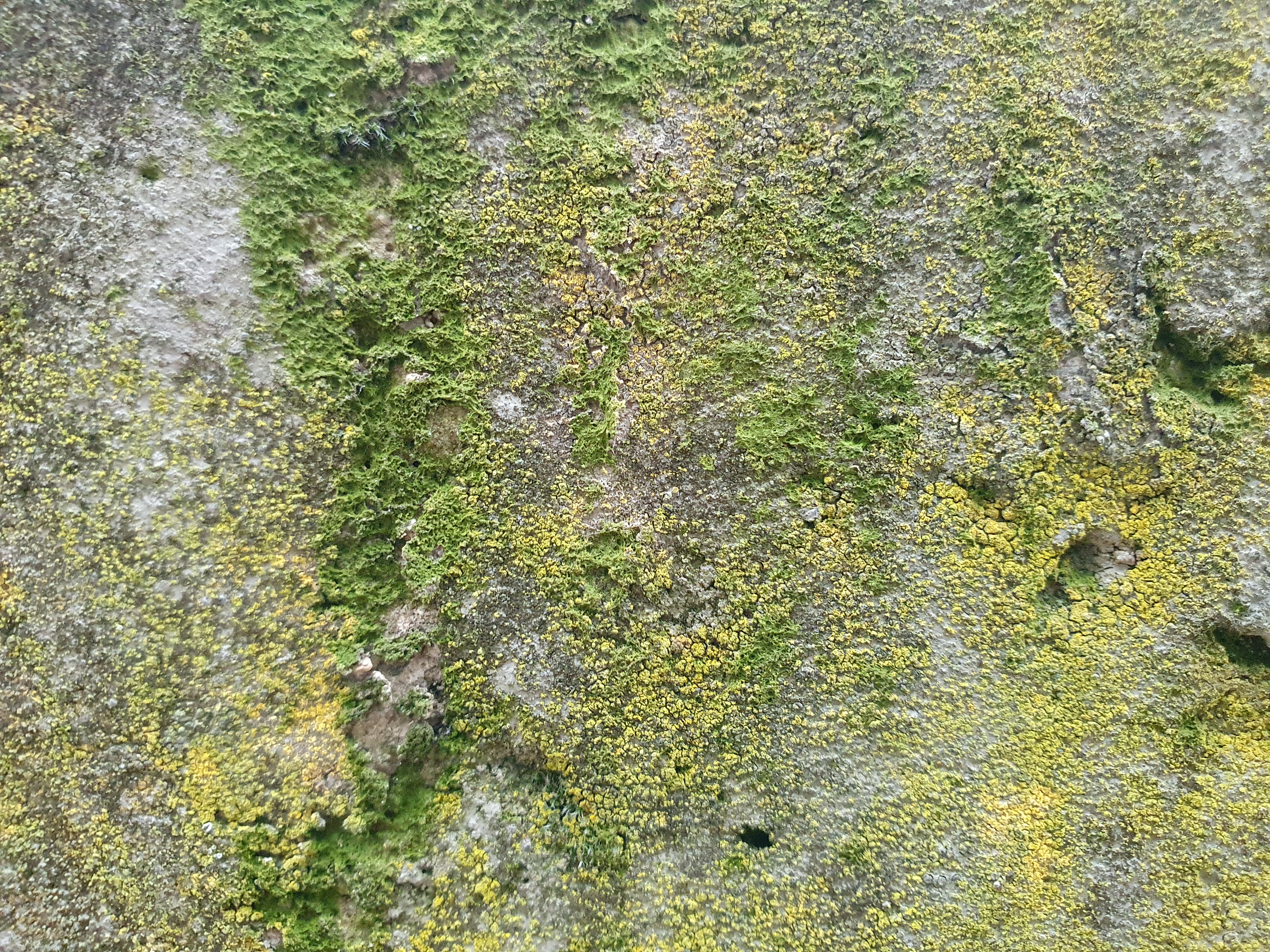IGNORED TECHNOLOGY
A project which asks what direction technology would have taken if the skills that are normally attributed to women were given the attention they deserve. Starting from the premise put forward by Ursula Le Guin, that the first tool was not the weapon, but the carrier bag made of netted yarn, the project builts sociable collectives constructing lines together, upcycling at opposite ends of the fabrication process.




STRING REVOLUTION
The String Revolution is a term coined by Elizabeth Barber in Women's Work: The First 20,000 Years - Women, Cloth, and Society in Early Times. Together with students from Faculty of Architecture in Brno we look closely how the string theory could be explored by spatial practioners. In a conscious effort to calibrate between conjecture and activism we use our finest tool, our hands, to transform bales of raw wool and navigate our way through the threads we create and the traces we leave, following their forces and flows.
Epidermitecture
This project investigates nonhuman depiction in contemporary art and architecture. Building’s outermost skin, referred as Epidermitecture in this project, is explored by ‘de-centering’ human perspective where the position of nonhumans which inhabit it is carefully articulated. By interpreting synergic microorganisms, cited as Biopatina (symbiotic synergy of cyanobacteria, microalgae, fungi and lichen) growing on Epidermitecture, I tackle the following questions: What we, as human beings, are able to learn from Biopatina’s symbiotic relationships with Epidermitecture?


The ecologies of smallness
Ecologies of Smallness define epistemological relations between humans and the environment through the smallest visible entity - dusts. The study of dusts began where scientists went to archives and they discovered that the dusts aggregated there is more worth of study than the object they landed on. The project traces particulate matter from medieval times to modernity, when dusts had been swept from society, thus from contemporary consciousness.
Dusts Institute
Dusts Institute is a collaborative platform and multidisciplinary research endeavor focused on invisible air-conditions of territory using a variety of expressions to represent the research outcome. By investigating the forms of human engagements with the invisible atmospheric substances, Dusts Institute aim is to re-claim, re-construct and share a common knowledge about changing nature and human impact upon the environment. Research methodologies encompass neutral observation and poetic description of spatio-temporal scales of change drifting the navigation towards unexpected and hidden anomalies of the environment.
Dusts Chambers
We do not perceive the 18 kilograms of dusts that every human being, on average, inhales in a lifetime. Science conceives dusts as singular elements within our ecosystem while art and architecture can enable us to perceive them through their interactivity with human and non-human bodies. Thus, physical perception has the potential to act as a catalyst in our re-discovery of the interrelationship between dusts and culture, politics, environment, our individual decisions and our bodies. The Dusts Chambers project attempts to improve our perception of these phenomena through the visual, tactile and the olfactory sensations.
Crossectional Analysis
Microscopic cross-sectional analysis of settled dust layer on facade of historic monuments was developed with Institute for Natural Sciences and Technology at Academy of Fine Arts in Vienna. Small samples of polluted facade had been investigated through microscopic analysis where the main goal was to explore the aggregation of pollutants and crystal forming on the surface of selected samples. Samples embeded in resin revealed a layer, several nanometer thick, consisting of century old accumulated pollutants.
Moreover, bigger magnifications exposed crystalised surface of the historic stone, completely covered with gypsum crystalisation process.








Collection of Airborne Dusts
High tech material with nano-technology fibres from Respilon was used to collect samples of dust. Device was place in breathable level, close to wind corridors in order to ensure air flow through nano fibre fabric. This technique was developed in collaboration with Institute of Chemical Technologies and Analytics Division Environmental and Process Analytics Enviromental Analytics at Vienna University of Technology. These simple devices have been able to collect and archive atmospheric phenomena including Sahara Dust in Vienna or human produced pollution clouds over winter months.
Low oxygen areas
Project was based on research about mapping the coastal areas of Pear River Delta region. Main focus of explorations was on marine ecosystem, impacts of low oxygen air on marine ecosystem, coastal areas and pollution levels across natural reservoirs. Expeditions was guided by Hong Kong Hoi Ha Marine Life Centre. Results of the reserach have been presented through public interactive intervention in Hong Kong Central Pier n.5. raising awareness about low oxygen areas in urban environment.
AIRSIGHT DECK







